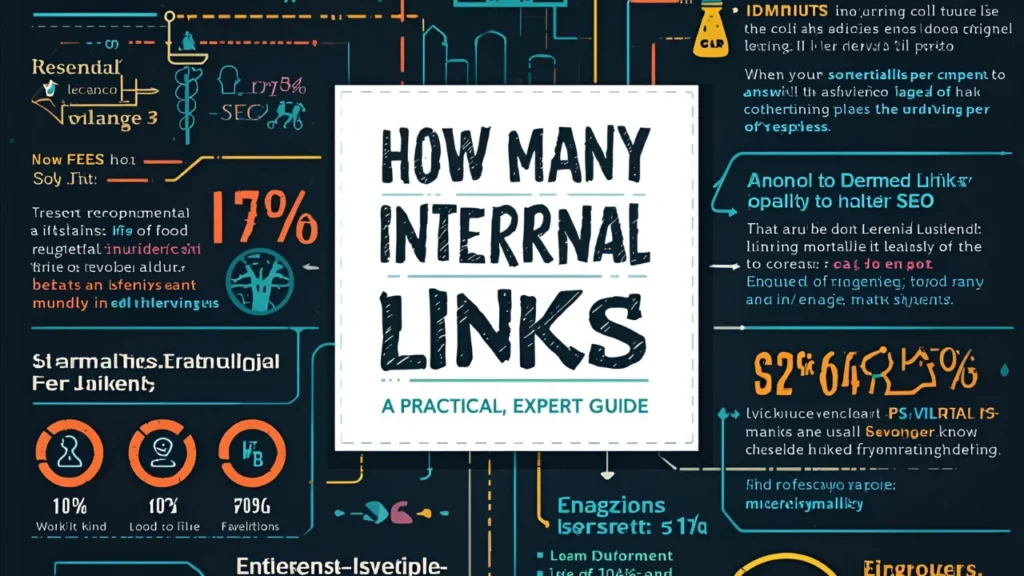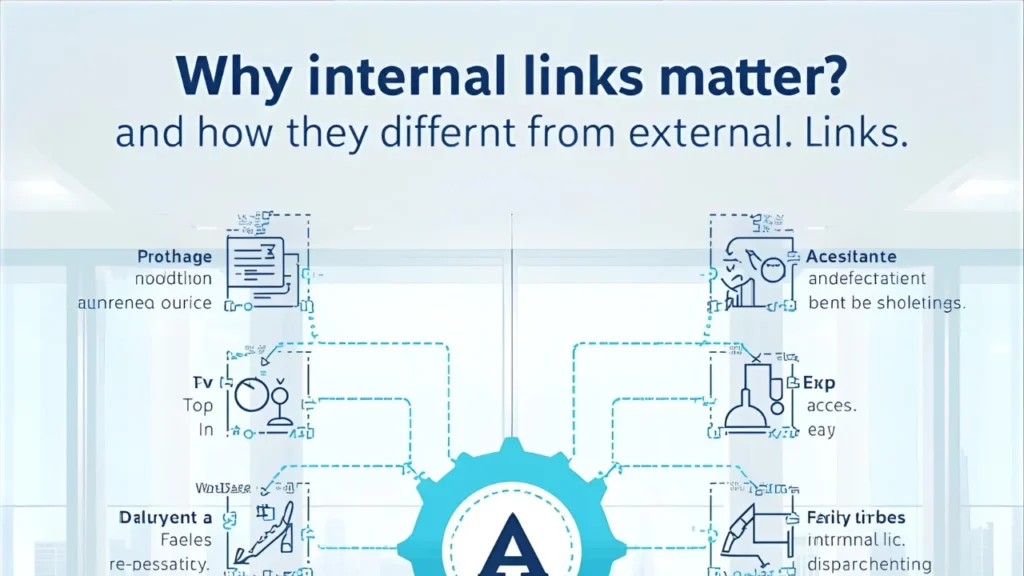- September 29, 2025
- by seonextlevel
- Digital information
- 0 Comments
On site SEO I see, and get asked a lot of time, one question that always comes up how many internal links per page SEO are ok? In other words how many internal links should I put on a page so that I can support site structure, user experience, and rank potential (without overdoing it)?
In this post I’ll take in real experience, data and SEO best practices to help you decide exactly how many internal links per page (SEO) you should be aiming for, as well as some guidelines, caveats and ways to make that happen.

Why internal links matter (and how they differ from external links)
Before going into the numbers let’s reaffirm why internal links are so important in SEO:
- Crawlability / indexation: Internal links help search engine bots find pages further in your site structure.
- Distribution of link authority ( “ link equity ”): Through internal links a high authority page might pass value to other pages.
- User experience & engagement: Links to useful internal pages encourage readers to spend more time on your site and reduce bounce rates.
- Subjectal relevancy / semantic signals: Links between pages with slightly related content helps make topical context and relevance stronger.
When talking to Google engineers and SEO pros ( at ” SEO office hours ” meets ), they consistently use to argue that internal linking is one of the strongest levers you can pull on the site.
By that logic the question ‘how many internal links per page SEO ‘ is not a raw metric – it is about balancing utility / crawl budget and clarity.

What is a “reasonable” number? (Empirical benchmarks)
To not be too speculative here is what industry sources and case studies say about how many internal links per page is ‘ reasonable ‘ SEO
Moz and other people have the same general thing where 150 links per page is an approximate upper bound that crawlers could reasonably expect to reach ( but that ‘s really all the links on the page not just the internal ones )
In reality many content SEO guides recommend 5-10 internal links per every 2, 000 words of content ( i. e. 1 internal link per 200-400 words ).
Some sites, especially with large navigation, footers, and sidebars, may have far more links — but usefulness and clickability matter more than sheer volume.
Overloading a page with internal links ( and particularly irrelevant ones ) can dilute the value passing to each target page, and reduce user experience.
So if someone asks about internal links per page in most content contexts ( SEO ) there is a safe theoretical range (5 to 20 depending on pages length and context ) with a tendency always towards relevance rather than number.

Proposed guideline: A flexible “sweet spot”
Here’s a guideline based on content length, page type, and user experience:
| Page type / length | Suggested internal links | Rationale |
| Short blog post (500–800 words) | 3–5 | Enough to guide to related/important pages |
| Standard article (1,200–2,000 words) | 5–12 | Can surface key related pages without overwhelming |
| Longform content / pillar pages (3,000+ words) | 10–25 | More room to link to subtopics, detail pages |
| Category / index pages | 10–30+ | These tend to link out widely — but aim for topical relevance |
These are guidelines, not straight rules. As with your external links, please be content with user relevance, semantic consistency and clarity.
Best practices for using internal links well
1. Be selective & topically coherent
Don’t link to every page. Link when the target page is really relevant. Other words: when adding internal links make sure you ask: does this do value to the user?
There ‘s more emphasis on topical relevance in search engines, links to pages with more semantic relevance have generally more value.
2. Use descriptive, natural anchor text
Your anchor text will need to actually tell the user ( and search engines ) what the page that the link is coming from – say ” click here ” or ” read more ” if possible.
Moz has some diagrams and heuristics on how to align anchor text, pages, and site structure so it ‘s internal coherence.
3. Avoid spammy mass linking
If someone asked you “ how many internal links per page SEO ” and you answered “ 50 everywhere ” that would be bad advice. Too many links can dilute the value passed, confuse users and make your page look unnatural.
Always ensure links are contextually meaningful, and avoid auto‑generated lists or unrelated sidebar link dumps.

4. Use position wisely
Links with higher in content ( above the fold or early in a paragraph ) tend to get more clicks and more “ weight ” from user behavior signals.
5. Audit and prune over time
Over time, your site will get a bunch of pages. Do internal link audits periodically to make sure:
- No broken or orphaned pages
- No overlinked pages (too many internal links)
- Link equity is flowing toward pages you care most about
You can use tools like Screaming Frog, Ahrefs or Sitebulb to analyze your internal link structure.
Answering how many internal links per page SEO summary & nuance
To answer in brief: there is no perfect magic number, but 5-20% internal links per content page is a very reasonable, reasonable range, longer pages can justify more, shorter ones less. What is more important than the raw count is relevance, user value and strategic distribution.
If someone asks again “how many internal links per page SEO”, my advice would be as many links as possible in your page — but only if it helps the visitor and the site architecture. Do not try to build too many internal links on one page to meet some number.



